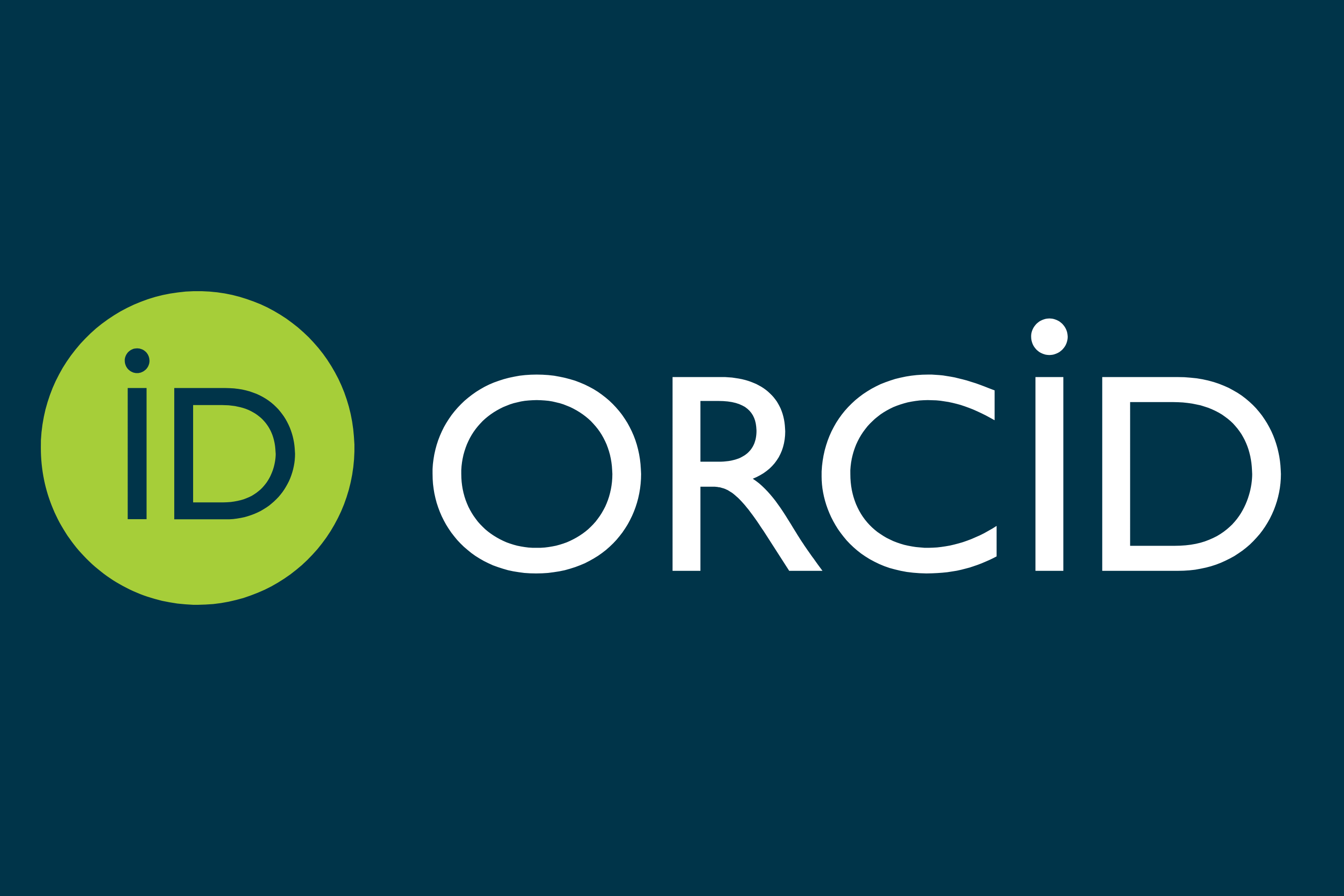Proposing core functions with a two-stage method to estimate the SPSEM model
Abstract
This study examined a study and analysis of data characterized by spatial reliability of
observational units and to deal with spatial dependency. A semi-parametric spatial selfregression
error model (SPSEM) that suffers from the problem of spatial error
correlations using some estimation methods was used, as the greatest possible method
was used to estimate the parameter of error The spatial (λ) of the SPSEM model and nonparametric
methods for estimating the preamble function m (X) .These methods are a
two-stage method for a local linear estimator using the Kernel function (LLEK2), and a
two-stage method for the linear estimator using the first proposed kernel function (SUG)
1K2), and a two-stage method for the positional linear estimator using the second
proposed Kernel function (SUG2K2), using the spatial contrast and contrast matrix of
errors to remove the effect of the spatial correlations of errors.
Through the use of simulation experiment and 1000 times repetition and for several
sample sizes and levels of variance and two functions and the calculation of the matrix of
distances between observations sites through the traditional distance, the above estimation methods were used for the SPSEM model using the modified spatial adjacent
matrix under the Queen junction criterion. One of the most important conclusions
obtained after comparing these methods with the absolute relative mean error standard
(MAPE) is that the two-stage method for the positional linear estimator using the second
proposed Kernel function (SUG2K2) using a matrix of variance and spatial co-error of
errors to remove the effect of spatial correlations of errors is the best estimate method
used and suggested in this research.
Downloads
Downloads
Published
Issue
Section
License
The journal of Administration & Economics is an open- access journal that all contents are free of charge. Articles of this journal are licensed under the terms of the Creative Commons Attribution International Public License CC-BY 4.0 (https://creativecommons.org/licenses/by/4.0/legalcode) that licensees are unrestrictly allowedto search, download, share, distribute, print, or link to the full text of the articles, crawl them for indexing and reproduce any medium of the articles provided that they give the author(s) proper credits (citation). The journal allows the author(s) to retain the copyright of their published article.
Creative Commons-Attribution (BY)









